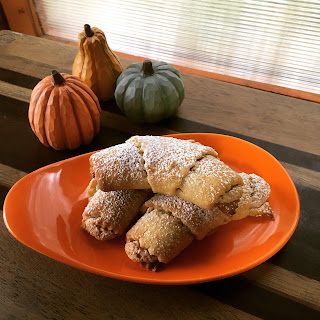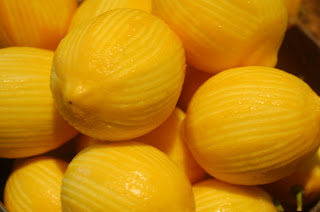- Ginger: This gnarly root is a staple in Asian cultures, primarily used as a fresh ingredient. While you are probably familiar with it in its powdered form for baking, fresh ginger is much better…both in taste and effect. It aids in digestion, is helpful with nausea, has both antioxidant and anti-inflammatory properties, can lower blood sugar, and may even help to lower your cholesterol.

- Cardamom: Similarly, cardamom is an antioxidant, anti-inflammatory, and can aid in lowering your blood pressure. Some studies have shown that it can help heal ulcers and lower blood sugar levels.
- Cloves: Also high in antioxidants, cloves have antimicrobial properties, and may help to regulate blood sugar. Like cardamom, there are compounds in these little buds that help to treat ulcers.
- Cinnamon: An antioxidant, cinnamon is also good for your gut and blood pressure, has antibacterial and antifungal properties, and can lower blood sugar. (I’m sensing a theme here!)
So, in 30 minutes, you can have a daily dose of chai to improve your health, probably your mood, and tantalize your tastebuds. The ingredients are few but may require some sourcing.

All of these spices are ground in a mortar and pestle. I have a cheap wooden one that I use exclusively for this purpose. You could also put these spices in a Ziploc and beat with a meat tenderizer, rolling pin, hammer, or whatever is handy. You just want to break them up enough to release their flavor and oils.
Chai
10 cloves
14 cardamom pods
1½ - 2-inch piece of ginger
14 cups water
1 1/3 cup sugar
2 tablespoons black tea leaves (preferably Darjeeling or Assam)







